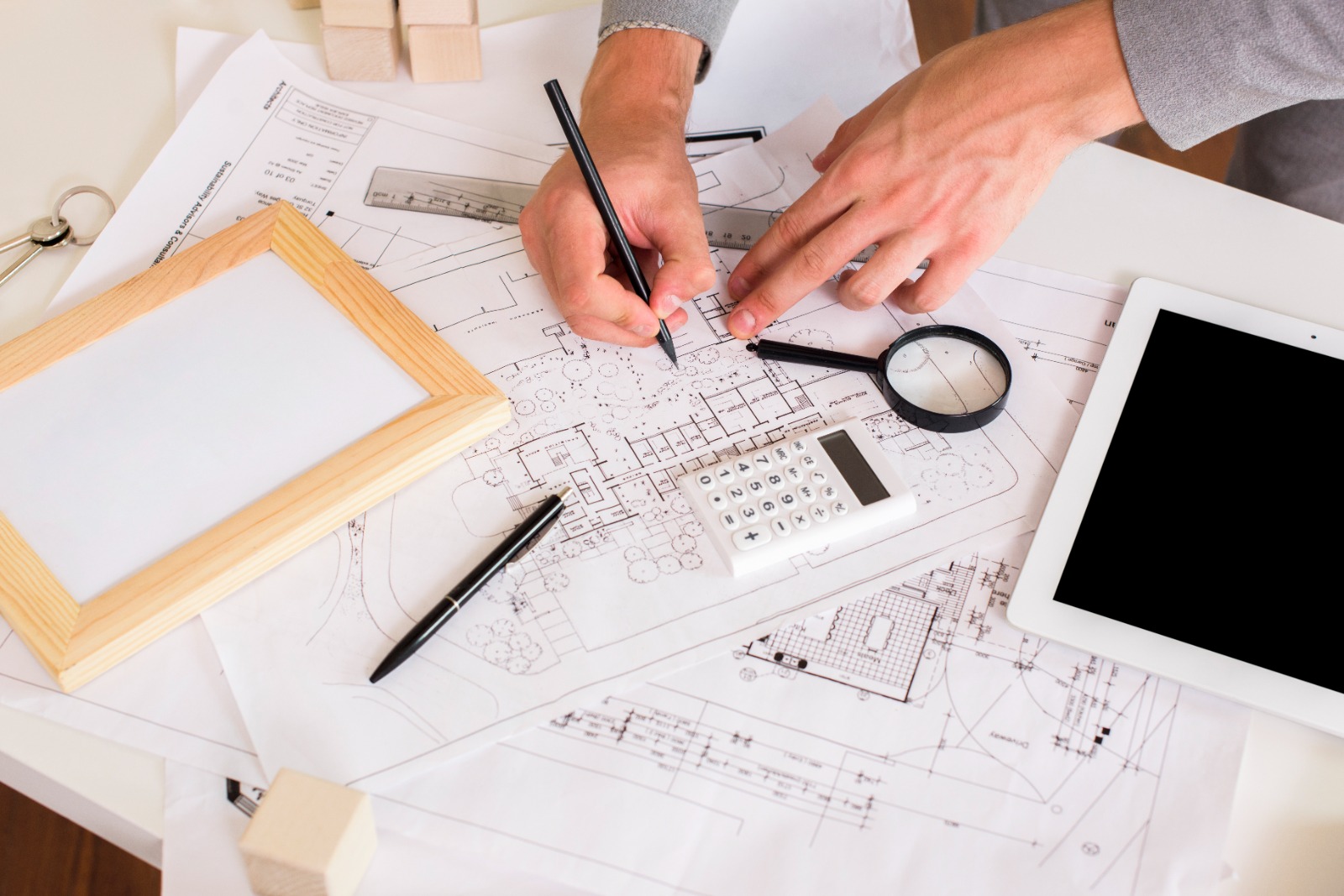One of the main pillars of progress on the big screen of human civilization is the structural 2D drafting and detailing construction industry. We have urban skylines, buildings we live in and things that stimulate us every day but the design and construction of these buildings historically takes a lot of labor, it takes a lot of time and it doesn’t work well. Let us introduce technology, the force that accelerates innovation and upends industries. Technology is a revolutionary force that transforms the way we think about, design, and construct structures. It is not merely a tool for manufacturing and creating goods. Architectural production is going thru a unique transformation because of several technological breakthroughs, which include augmented fact, 3D printing, constructing statistics modeling (BIM), and drones.
The Development of BIM, or Building Information Modeling:
Digitally representing a facility’s operation, Building Information Modeling (BIM) is leading this change. Before a brick is laid, BIM allows engineers, contractors and architects to work together seamlessly and see every aspect of a project in a virtual environment. Long gone are the days of blueprints and 2D drawings Included With the help of a holistic approach, stakeholders can resolve conflicts, improve planning, and accelerate construction.
The Advent of Computer-Aided Design (CAD):
The development of computational design has further accelerated the evolution of structure design by enabling architects to more easily and quickly explore intricate geometries and avant-garde shapes. Industrial design overcomes the limitations of traditional drafting methods using algorithms and parametric modeling software to speed up and test multiple iterations of design Computational design is expanding the possibilities of architectural expression, and creativity, from buildings that inspired by biomimicry to algorithmically constructed façades Yah And it ushers in a new era.
At the same time, the use of cutting-edge materials changes the sustainability and composition of construction projects. Innovations such as carbon fiber composites, self-healing concrete, nanotechnology and 3D drafting services are changing the possibilities of modern design. These features allow for flexible and low-impact structures that are stronger, reducing the environment our surroundings impact on, better -And gives design freedom.
Additionally, the provision of digital production technologies inclusive of robotic creation and 3D printing is transforming the development industry. Originally limited to small prototypes, 3D printing is now a practical method for generating precise architectural components with remarkable accuracy and speed. In evaluation, manufacturing robots allows free assembly of furniture, and increases human exertions through state-of-the-art automation. These tendencies now not handiest accelerate production techniques but also make it possible to create custom designed, long lasting merchandise that had been formerly not possible to make the usage of conventional strategies.
Augmented reality (AR) and virtual reality (VR) integrated:
Immersive reports created with augmented reality (AR) and virtual reality (VR) that erase the boundaries of the digital and physical worlds are transforming policy and product development. Before construction ever starts, clients and architects may now examine virtual prototypes of buildings to see spaces and experience designs in real time. By encouraging a greater grasp of design purpose and spatial relationships, AR and VR increase communication, enhance decision-making, and improve project outcomes.
In addition, residential solar panel installer Texas and maintenance are being completely transformed by the introduction of sensor technologies and the Internet of Things (IoT). Vast volumes of data about occupancy, energy consumption, and environmental conditions can be collected in real-time by smart buildings outfitted with networked sensors and connected equipment. Predictive maintenance, energy optimization, and occupant comfort management are made possible by this data, which results in more sustainable and effective built environments.
Notwithstanding the numerous advantages of technology advancement, several obstacles still exist. Adopting new technologies requires significant investment in infrastructure and training, and collaboration, data security and privacy concerns are still prevalent Furthermore, industry professionals must constantly adapt and upgrade their skills with the rapid pace of technological development, the value of lifelong learning and continuous innovation was emphasized.
Conclusion
Technology has the ability to completely change every aspect of the construction business, from project delivery to design creation.There are several examples of architecture environments, augmented reality, computational architecture, advanced materials, internet of things (iot) and not to create complex environments. To embrace the harp and the technology that is fully practical will.

